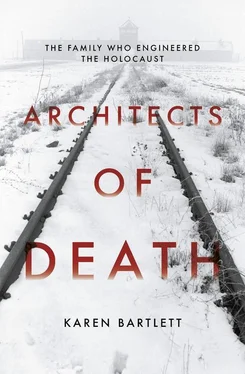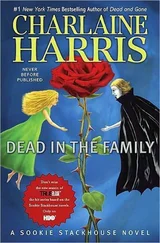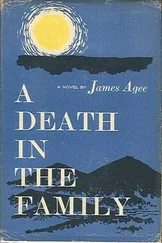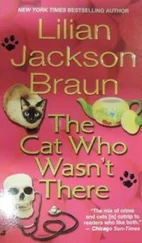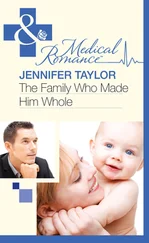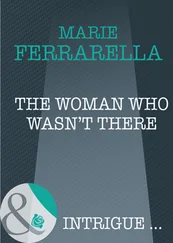I heard about the Topf claim from local newspaper reports and from Jean-Claude Pressac. Pressac called me because he knew that I spoke in public about Topf and Sons. He asked me if I knew Dagmar Topf and the other relatives, and I said I did not. There had already been negative articles about them, and he told me I should get in touch with her. I made an appointment with Dagmar and went to see her. I came to terms with Dagmar. She understood that I wasn’t her enemy. And I understood that she had been unjustly attacked by the media and that public opinion in Erfurt was very hostile towards her. She had been portrayed as a lady from the West who wanted Topf property and was a Nazi. She had a hard time in Erfurt. She doesn’t like to go back there, even today. [152] Author interview with Hartmut Topf.
Although Hartmut believed Dagmar Topf had been subjected to an unfair personal attack, he was equally determined that no Topf should receive any financial benefit from Topf and Sons or the Topf family park.
‘I spoke out in Erfurt and said that if there is any money it should be given to victims’ organisations – or it should be put into political education. Local people responded very positively to the fact there was a Topf who spoke up against the relatives.’
Dagmar Topf and the other Topf relatives lost their claim to the Topf family land in 1994, but Hartmut was emboldened by the public response to his speech and decided to bring together a society of supporters to find a suitable way to remember and reflect on the atrocities that Topf and Sons had participated in.
The first thing I said was: we must do something to stop a general forgetting of the past. We have to mark the place. We have to leave a sign to tell people – it was here in the middle of our society. I asked the people of Erfurt to help us to preserve the memory, a memory of an average German company, an average wealthy German family, who helped the system commit this huge crime. I did not want a memorial for victims, because we have those in other places; I wanted a place of reflection and learning.
Other people joined the movement to memorialise Topf and Sons, and Hartmut began working with a diverse group that included representatives from the Green Party, the Protestant Church, the European Cultural Centre, the Heinrich Böll Foundation and trade unions. The then president of the Jewish community in Thuringia, Wolfgang Nossen, worked with Hartmut in setting up the Topf and Sons memorial. Nossen had escaped from the Breslau ghetto, and was outraged by Dagmar Topf’s claim for family restitution:
It was the typical insolence. They were all ‘innocent’. Zero morality. I would have changed my name if it had been Topf. But it is good that Hartmut kept his… Ludwig Topf showed character when he killed himself. As much as the Germans would like to, you cannot forget history. It was very difficult to establish the memorial and I was part of those who helped and encouraged it.
While the society of supporters were rallying support for a memorial, a group of left-wing, radical squatters had taken over one of the Topf and Sons buildings, where they ran their own series of social and cultural projects to remind people about the company. The occupation by the squatters lasted for eight years, until they were evicted in 2009, and became a well-known example of anti-establishment and anti-Nazi resistance in Germany.
While Hartmut Topf, and others in the society of supporters, offered encouragement to the squatters, they also continued to work towards a permanent memorial on the site – something that was actively opposed by the Mayor of Erfurt, Manfred Ruge, and some former Topf and Sons’ workers.
Wolfgang Nossen remembers:
I went to an event and there was a person who had worked for Topf and Sons who said that if Topf and Sons hadn’t manufactured the ovens, someone else would have. That is a wonderful excuse. But it would be better for Erfurt, if they hadn’t done it. They were guilty to a very high degree, because they offered their own services. They invented new machinery so that even more people could be burned in a more economical way. For me, their behaviour cannot be excused. It is not only the two brothers who are guilty, but also the engineers who went to Auschwitz when the Topf brothers did not. [153] Author interview with Wolfgang Nossen, former president of the Jewish community in Thuringia.
Nossen also had a confrontation with Mayor Ruge, who had stated in a Radio F.R.E.I. interview, in December 2002, that he saw no need for a Topf and Sons memorial.
Asked if he could continue to ignore the memorial services and action groups working to draw attention to the Nazi past of the Topf and Sons site, Ruge said:
What do you mean by ‘ignore’? Then I’d ask, to put it quite plainly, where are the memorial services at the bakers and butchers who delivered their bread rolls and sausages to Buchenwald? And where are the memorial services at the dairy that provided Buchenwald with milk? Or where are the memorial services where lemonade or other drinks were produced? Or where are the memorial services in the pharmaceutical company that made the aspirin or other tablets used at the camp? This is a social question that we need to ask… But here, for this location, the question is bundled together. And I am of the view, and I’ve always said as much, that we should name this place, name what went on here, but that’s where our responsibility ends.
The interviewer presses him further: why does the city not mention Topf and Sons’s history on its homepage?
‘Why should we put it on our homepage?’ Ruge responds.
There are many aspects of the city’s history that we don’t publicise. I don’t see any reason to, and I don’t see anything to find fault with in Erfurt’s conduct. A place is named here, this is where industrial things were manufactured for the destruction of people, questionable, abhorrent things, but many other things connected to Buchenwald were made in the surrounding area, too… We will ultimately ensure that it isn’t only named but is also documented, but nothing more is necessary. [154] Transcript of a Radio F.R.E.I. interview in December 2002.
Wolfgang Nossen says: ‘In the end, everything happened the way we wanted but it was a disgrace how they opposed it.’ Hartmut Topf agrees: ‘We had to be very stubborn to pursue our goal.’ The society of supporters had to convince more and more people. ‘We wanted to create a sense of responsibility, to signpost that this was the Topf company. To indicate that this was the place and cement it in the public consciousness. The authorities put up a lot of obstacles, the mayor found stupid excuses. But our small movement grew.’ [155] Author interview with Wolfgang Nossen.
In 2003, the Topf and Sons site was listed as a protected historical monument by the state of Thuringia, and a memorial and education centre about Topf and Sons opened in the main administration building on Holocaust Memorial Day, 27 January 2011. Director Annegret Schüle explains why the site is a memorial rather than a museum:
The main difference between us as a memorial and other museums is that we are about the history of a crime, and there have always been victims. We are not describing history in a neutral way, and we always mention the victims. We honour their memory. We cannot just say that Topf and Sons did this and that, we always have to take into account that people suffered from the business of Topf and Sons… There are memorials where the victims are the centre of the attention. Nobody died here, but the deaths were the object of the planning and manufacturing.
The Topf and Sons memorial is unique in being the only Holocaust memorial on the historic site of a company. ‘This place has a special aura,’ Schüle says.
Читать дальше
